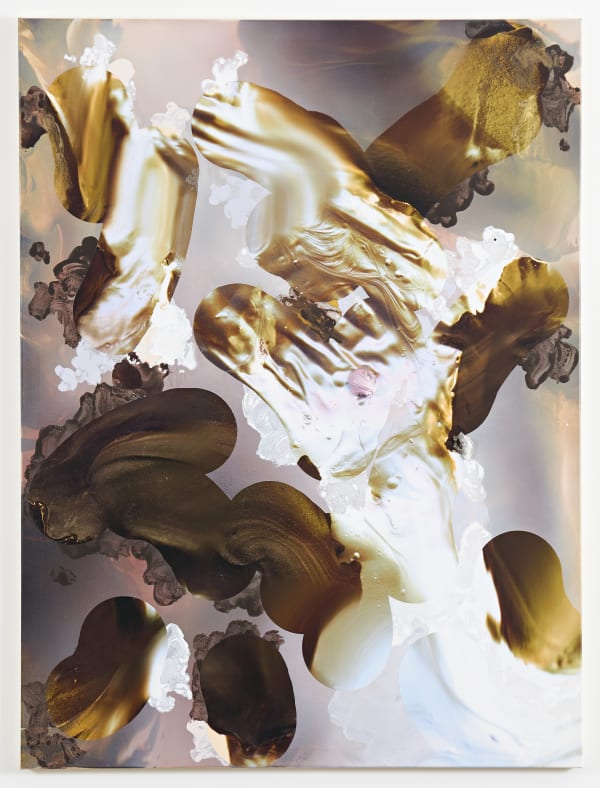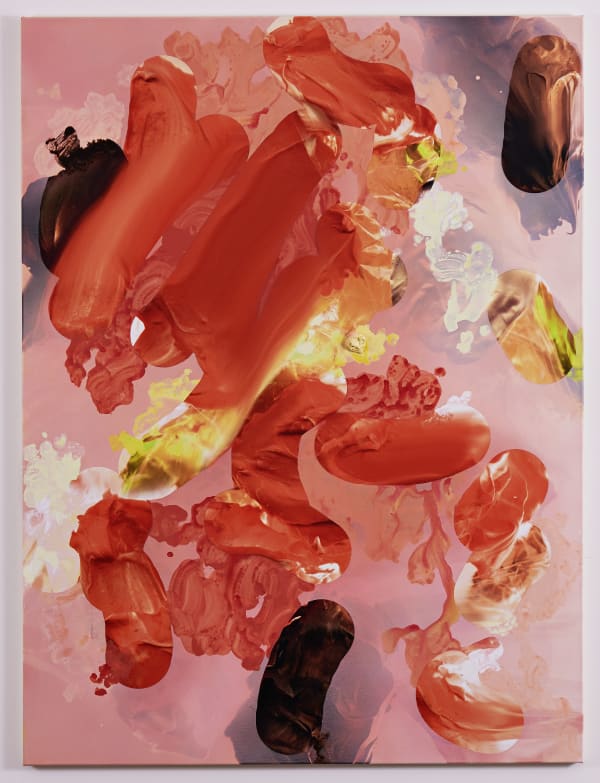New Representation III: Andre Hemer
The characteristics of an image are no longer principally visual, but embedded with metadata of source, description, and properties. We are caught between versions of things and are relearning to navigate a world in which the physical act of a one-to-one viewing is diminished. A contemporary world shaped by networked forms has led to new phenomenological experiences. Painting in particular asks us what is it to see now? Andre Hemer, 2016
New Representation Part III, Andre Hemer's debut solo exhibition at Gow Langsford Gallery is an exhibition of paintings that are a response, but not necessarily an answer, to this question. The new paintings continue the artist's inquiry into the role of painting in a world dominated by digital media and the slippages in meaning between object and image. "Hemer describes his work as embodying a 'new representation', a term he coined during his PhD to describe the painting he is making. "You have these terms like post-internet but new representation speaks more generally to the idea that, because the way we consume and create media has changed so markedly over the last decade, the way we represent the world must change because of that. This is about how you represent all this dematerialized form in the world - how you rematerialize it." (Mark Amery, Art Collector, 2016)
Hemer's approach to painting is typically y-gen in its use of both physical and digital mechanisms. Using a method akin to a modern day 'en plein air' painting (a flat-bed scanner left open under the autumn sky of Tuscany) Hemer scans painted sculptural forms to create the background of his compositions. The combination of the light sources (the LED light of the scanner from below and the fading sunlight) create images that look digital but are not produced in a digital way. The images are then overworked with spray paint, acrylic, oil and very three-dimensional impasto to create visually dynamic compositions. The combination of techniques is reflected in the difficulty in describing the finished works in more traditional painting terms.
Hemer's works have earned him international recognition. His work is on the cover of Thames and Hudson's publication 100 Painters of Tomorrow (2014). The book uncovered the world's most promising painters from more than 30 countries. He was also named by The Guardian newspaper as one of their top ten favourites to watch.

















